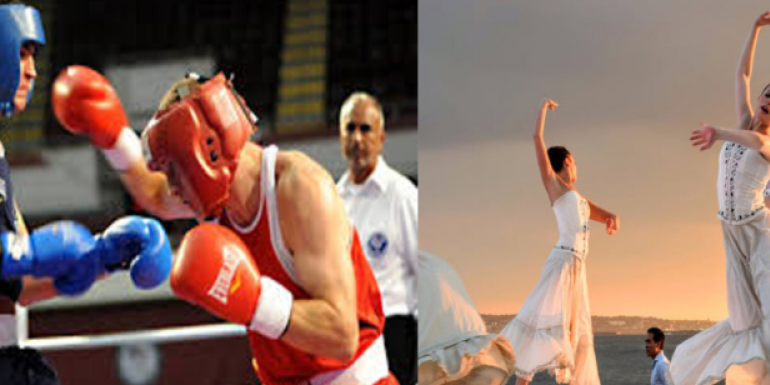Too often, we are engaged in boxing when we communicate. Boxing is about winning the debate. Dancing, however, is constructive. It is building on each other’s arguments; it is responding gracefully; it is about creating harmony; and it’s developing an intuition for where you can go together.
Take an example from my book, “How to Make Yourself Promotable – 7 skills to help you climb the career ladder” describing the word “but”. Admittedly, there are good uses for the word. BUT, all too often, it is used in a restrictive, or even destructive way.
“You were very friendly but you should have spent more time explaining the product benefits.”
“You were very friendly. In my view, you’ll take your sales skills to the next level if you focus even more on explaining the product benefits.”
It’s very easy to exchange the “but” with an “and”. When reading it – can you see how the “and” changes the conversation from boxing to dancing?
Another boxing technique is making negative statements: “Our clients don’t like that.” “That’s impossible.” “You’re always late for meetings.”
Consider: what are the dancing versions of these boxing statements? (You can practise these and more on MetaMindTraining.com)
When you engage in boxing, your ideal situation is to knock out the conversation. You’ve won by KO. Sometimes you lose by KO. On the other hand, when you dance, you build on statements. You’re open to listen to what your partner says. You’re taking your partner’s ideas to even higher levels.
Of course you can still challenge statements. Try “How could we make that work?” instead of “That’s not going to work”. And you don’t want to add the tone of “How on earth do you think…”
Take a moment to consider – what is the communication style at the office? Do you and your leaders box, or dance?
Dancing is about creating win-win.
It’s about maximising the enjoyment for all.
This article was first published in the Huffington Post.
- Log in to post comments



